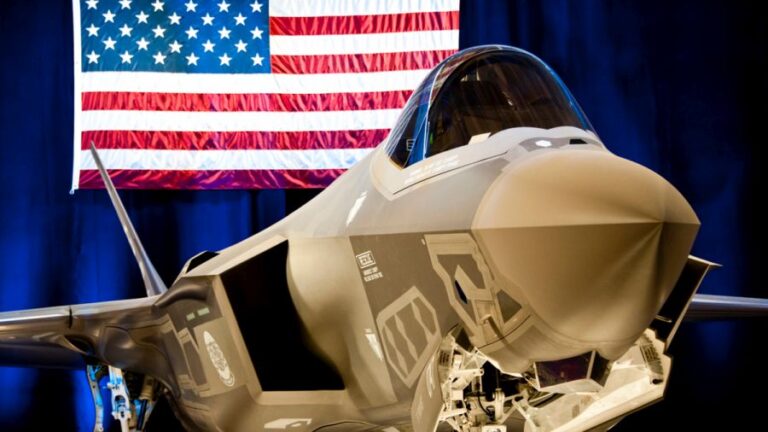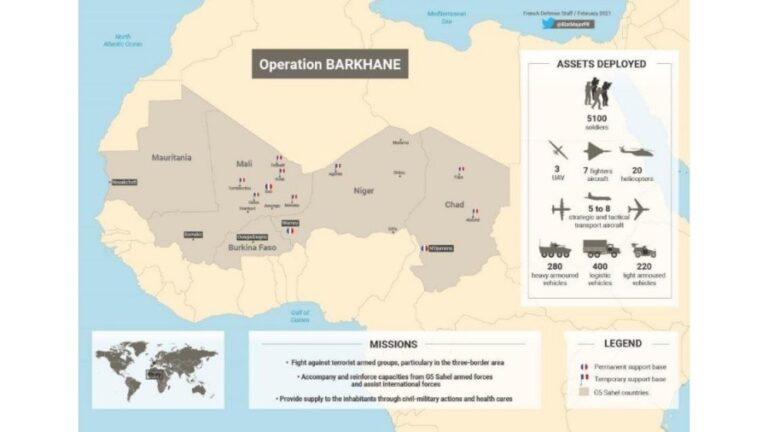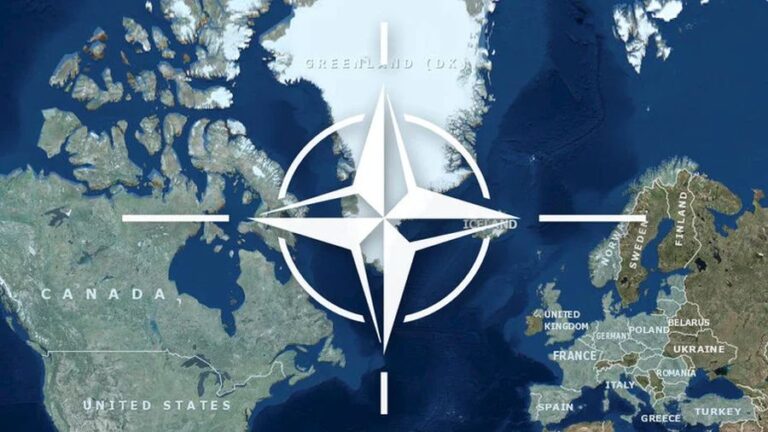The Mask of US Aggression Against China is Off
For years, the US has positioned its military on key spots along China’s One Belt-One Road (aka New Silk Road). Furthermore, the recent inflaming of the protracted disputes between Washington and Pyongyang along with American provocations against China in the South China Sea, all add up to American power trying to fully encircle not only mainland China, but China’s international trade/commerce Road.
As I wrote previously,
“…it is well documented that the US is engaging in proxy conflicts as well as overt regime change in hotspots along China’s One Belt–One Road.

However, on the south and east coasts of China, the US is taking a more direct approach to meddling, first of all with its provocative movements in the South China Sea and secondly, in respect of the Korean peninsula.
The idea that the US is sowing chaos in Korea in order to bamboozle China is not a new theory, but it was a theory that until very recently was often dismissed as a conspiracy theory. Now, China is openly stating that it believes the US is stirring up conflict in Korea in order to drag China into a conflict which Beijing is dead set against.
Now even the mainstream media, with their biases still intact are admitting that the US cannot do anything to North Korea without either following Chinese proposals or getting into a hot conflict with at least one nuclear power and possibly three (China, Russia and the considerably less powerful nuclear state of North Korea).
While from the standpoint of morals, ethics and pragmatism, any conflict on the Korean peninsula is a lose-lose situation for all parties involved as well as neutral parties in the wider region, from a geo-strategic perspective, by forcing China to assert its authority in respect of disagreements with Washington over North Korea, the US has all but revealed its cards to China.
If the US was intelligent, it would continue to play the long, dirty, and of course deeply unethical game of sowing proxy conflicts on the central and western ends of China’s One Belt–One Road, in places where America can more easily sow such conflicts. Such places include The Middle East, Africa, The Balkans and the western frontiers of Eurasia.
With the Syrian conflict about to be won by the Syrian government which has always been supported by both Russia and China, and with the Ukrainian post-coup regime representing little more for the US than a costly road to nowhere, the US decided to increase its hubris just when it should have reconsidered how much money and men it wanted to expend on destabilising China’s commercial ambitions.
The US took the conflict with China back to where it started in the 1940s, to the Korean peninsula. While America’s meddling in Eurasia, southern Europe and the Middle East was more subtle, meddling in North Korea is simply doing what the US disastrously did during the hot phase of the Korean War. It has all the element of surprise of taking Neil Armstrong’s dead body and bringing it to the moon in 2017”.
Now though, the military measures designed to disrupt China’s progress on One Belt—One Road have been nakedly exposed by the United States in its latest threats of a trade war against China.
Donald Trump has just signed a memorandum which will allow for US authorities to begin an investigation into alleged ‘intellectual property theft’ of American materials in China.
This is merely the opening salvo in what could easily escalate into a war of words with China over commercial issues that is tantamount to America’s current war of words with North Korea over military matters. The chance of this war of words rapidly becoming a commercial Cold War is deeply worrying.
The proverbial forthcoming war with China has the potential to be even more dangerous than the one with North Korea, even though the backlash for the United States could be even more damaging.
Currently, the US and China have a mutually inter-reliant relationship based on the fact that America is a top market for Chinese exports. Donald Trump frequently spoke of China “screwing” the US on trade during his campaign and now this rhetoric seems to have transformed into serious actions by the American government.
While China does still depend on the American market for its exports, the reality is that China is rapidly diversifying its export strategy and has been doing so since before Donald Trump announced his candidacy for President of the US.
China is not only capitalising on existing global export markets across all continents but One Belt—One Road will expand such things many fold. Additionally, China is also rapidly developing its internal market. It is entirely possible—some would say inevitable, that in the near future, China’s number one market for Chinese goods will be China.
By contrast, with the exception of the energy market and gas in particular, America’s export strategy has woefully stagnated. Donald Trump has spoken of renewing American industry, but even if there was a wider corporate and political will, such things would not happen overnight. The problem is that a trade war with China could happen rapidly if the Trump administration continues along its existing trajectory in respect of China, thus leaving the US with a heap of problems and no immediate solutions. China by contrast will be largely protected due to having the world’s most diverse trading portfolio, particularly in respect of exports.
China has done a would-be overly confident US the favour of eliminating all guess work when it comes to ascertaining a would-be Chinese response.
The Chinese Ministry of Commerce has expressed “grave concerns” about Trump’s memorandum and has further stated,
“China will definitely not sit by, but take all appropriate measures to resolutely safeguard its legitimate rights and interests”.
For Trump’s part, he too left the Chinese in no doubt of his broader intentions, saying,
“This is just the beginning, I want to tell you that. This is just the beginning”.
Trump further stated,
“We will uphold our values, we will defend our workers and we will protect the innovations, creations and inventions that power our magnificent country”.
When a US leader talks about ‘upholding our values’ this has time and again been a code-word for taking action against another country whether it be sanctions or military actions. In the case of China, the threat of sanctions looms heavily.
The correct way to handle any disagreements with China over intellectual property or anything else, would be for the US to engage in direct talks with Beijing. By publicly announcing a memorandum in respect of an investigation, it is a further sign that the US is treating a fellow superpower with as little respect as possible. It is a grave insult to the Chinese and one that serves no benefit to the United States, not even in terms of domestic public relations as the issue simply is not a headline maker in US mainstream media.
If it comes to sanctions, China will go from an uneasy trading partner with the US which has numerous disputes with America, particularly in the South China Sea, to a country that is engaged in what could amount to an actual economic and geo-strategic Cold War.
In pursuing military conflicts on either side of China’s One Belt—One Road, it would not be unfair to say that the United States is already engaged in such a Cold War in the guise of multiple proxy conflicts.
The US seems to be positioning itself as an adversary in a trade war with China, something as unwinnable as North Korea engaging in a nuclear war with the United States. Once again, the US seems to have learned all the lessons about Asian policy and reached the totally wrong conclusions.
By Adam Garrie
Source: Oriental Review







